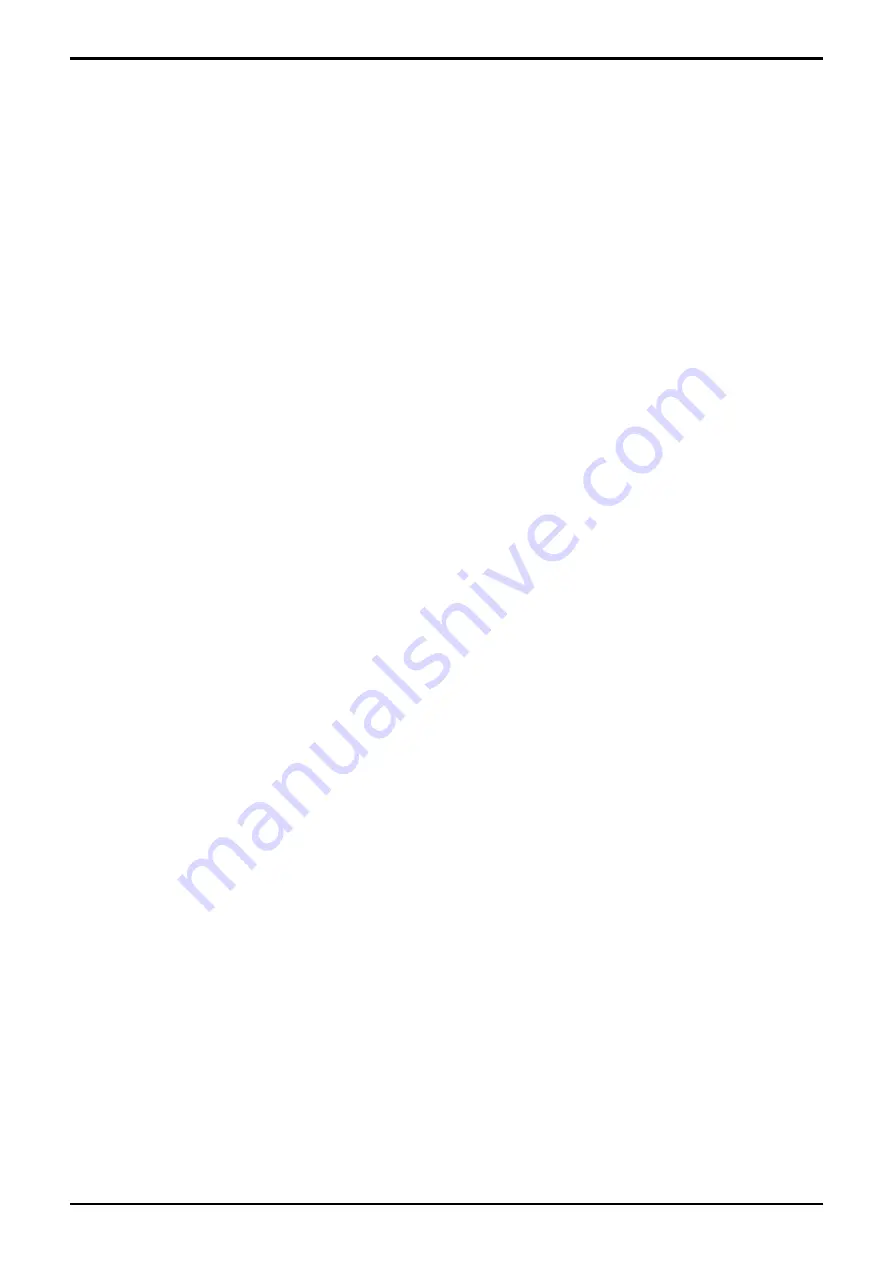
Page 3 of 22
APPLICATIONS
This UV system is designed for the purpose of disinfecting potable water. Its use in an application
other than this may shorten its life or reduce its effectiveness.
Disinfection by means of ultraviolet light (UV) is an effective and natural process of inactivating harmful
pathogens in water and air. UV light destroys pathogenic micro-organisms optimally by emitting UV-C
radiation at a wavelength of 254 nanometres (nm). The UV-C radiation inactivates micro-organisms
within a few seconds of exposure by disabling the DNA (deoxyribonucleic acid), resulting in their
inability to reproduce and subsequently causing cell death. UV light disinfection achieves this
naturally without leaving residual by-products or affecting the smell and taste of the water, therefore
reducing
operator’s exposure to harsh chemicals or the need for extra processing to eliminate
chemical odour, taste or by-products.
The disinfection efficiency of a UV system is determined by; 1) the flow rate of water entering the UV
reactor chamber; 2) the UV Transmission (UV-T) which is the amount of light which penetrates the
water (determined by water quality) and; 3) the UV dose required to reduce water contaminants.
The sizing of a UV system should be based on these three parameters. Rheem UV disinfection
system is sized to match the maximum nominated flow rate of the relevant Guardian Warm Water
based on a 25mJ/m
2
UV dose in good quality clear water found in most metropolitan water supplies. A
free water test can be conducted if in doubt as to the UV transmission. Please contact Rheem for
further assistance.
Rheem UV lamps are low pressure, high efficiency lamps contained within a protective quartz thimble
which sit inside a high grade electro-polished reactor chamber allowing maximum water exposure to
UV light within the chamber for optimal pathogen destruction.




































